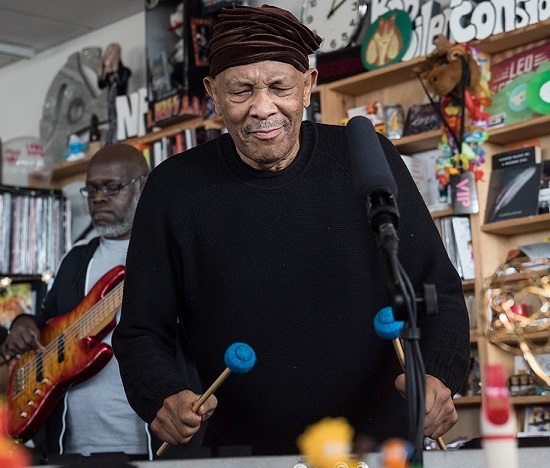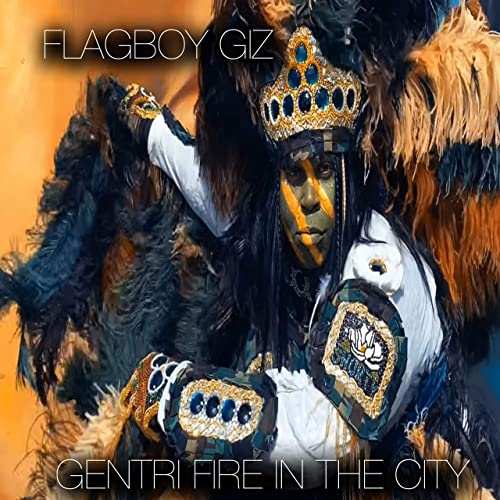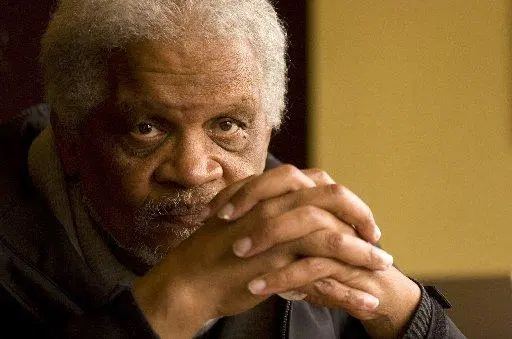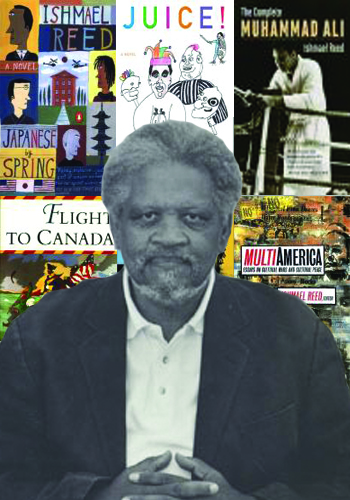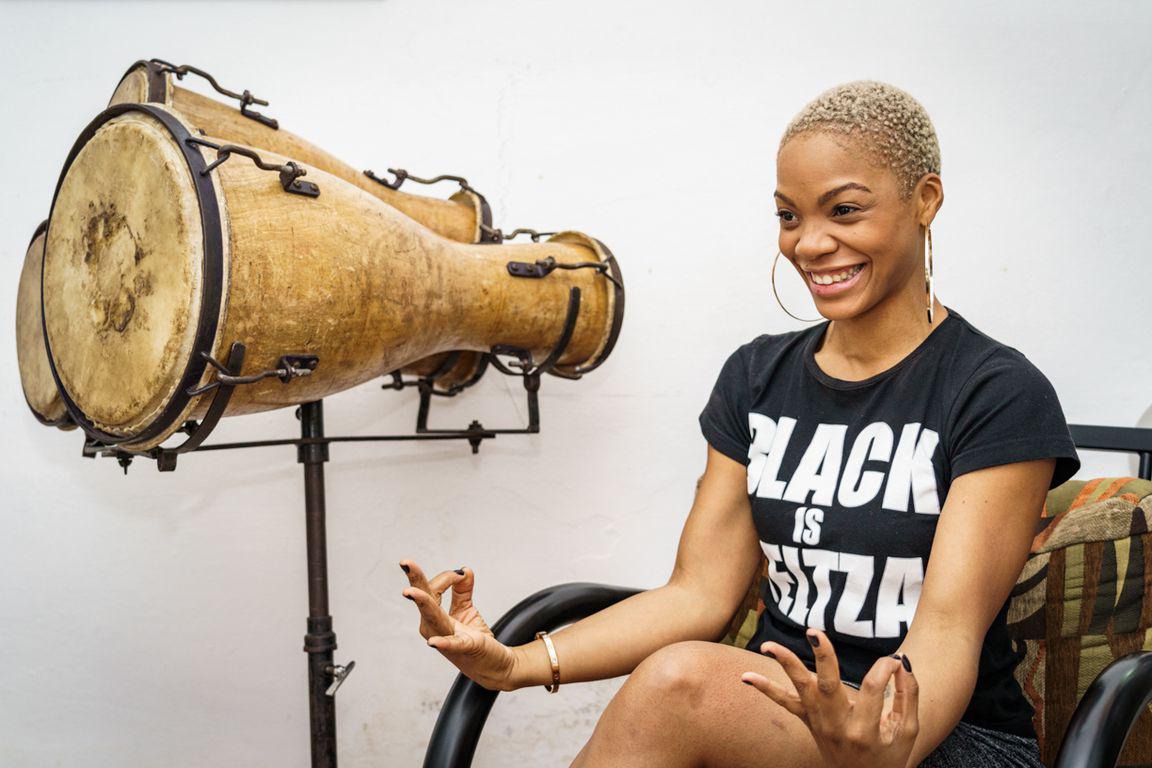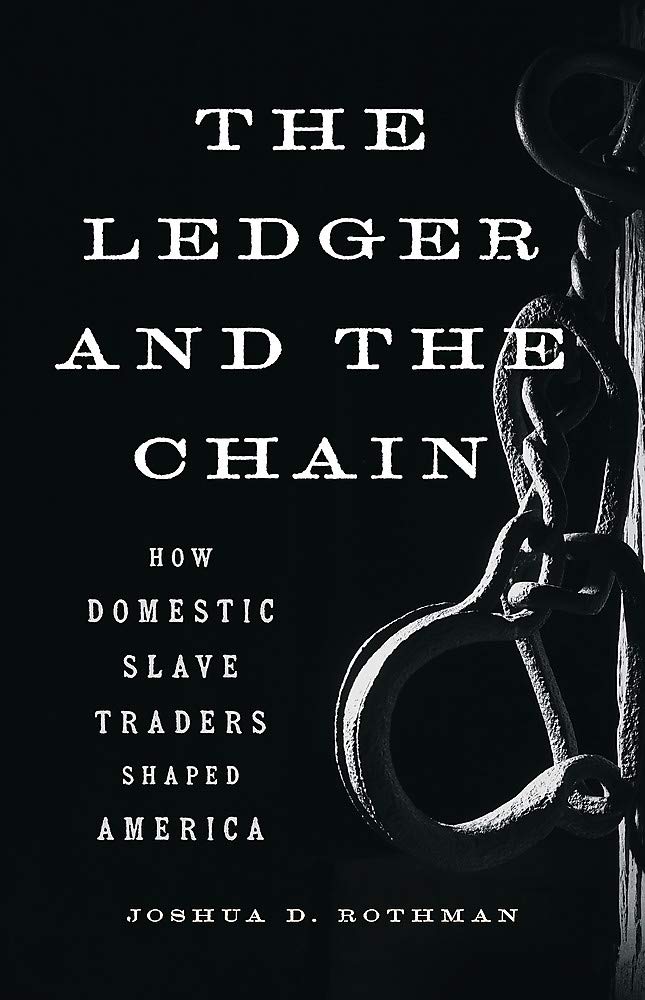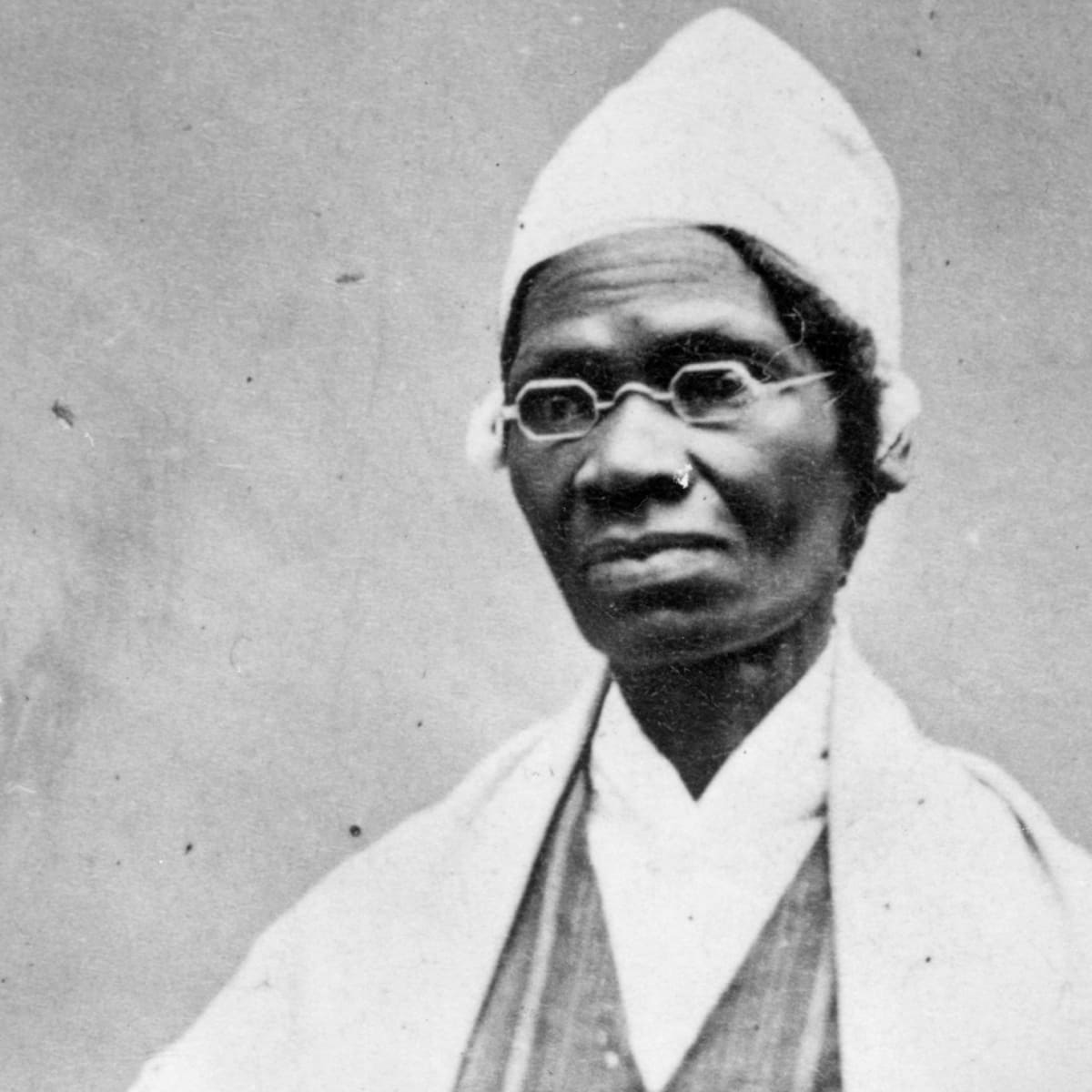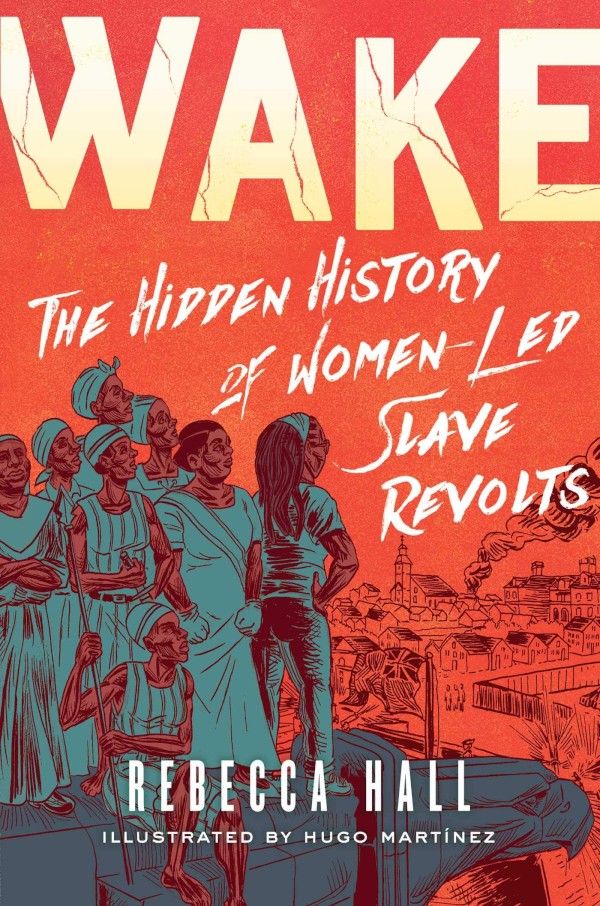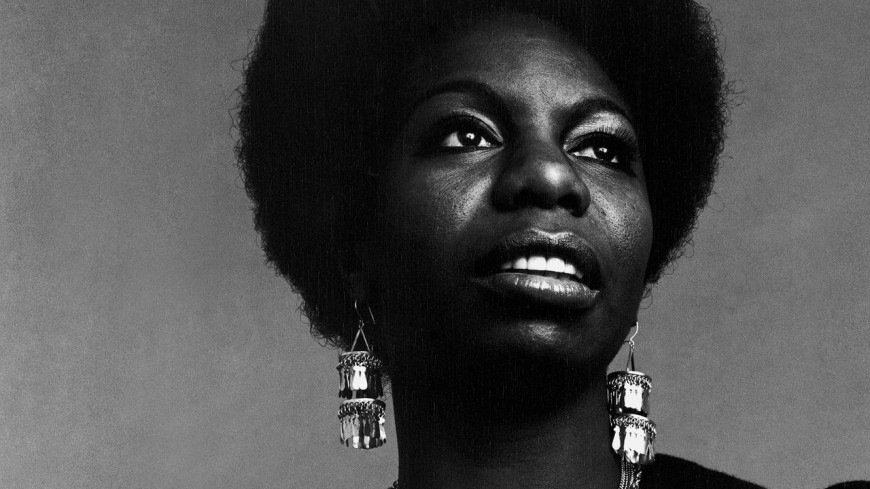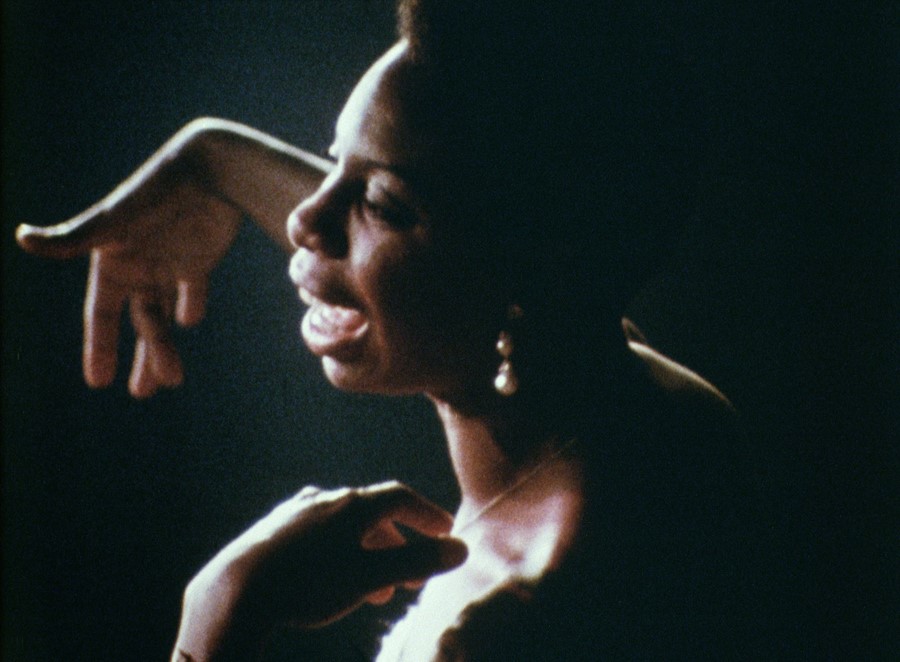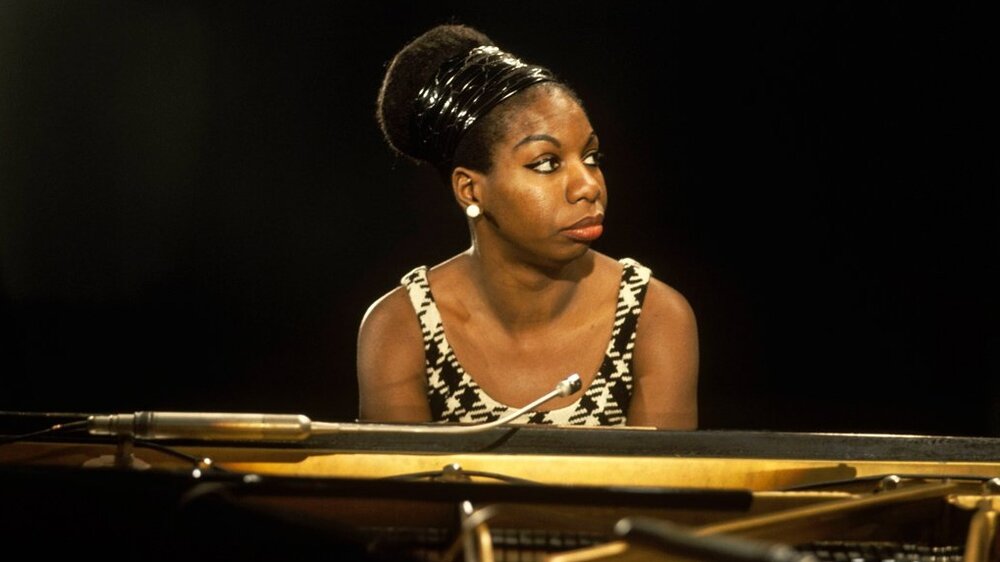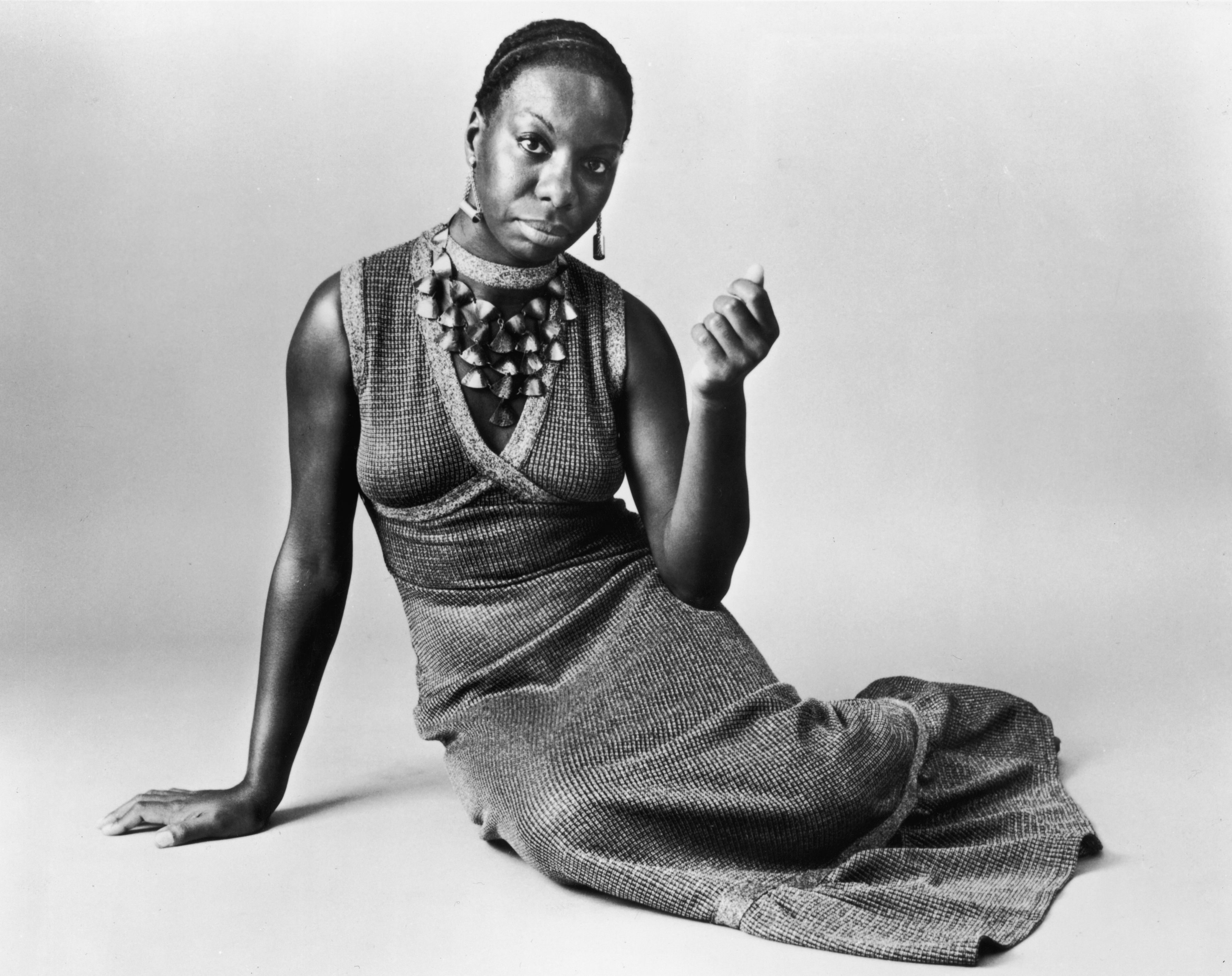
Answering An Eager Question
“Where do the ideas
for your poems
come from?”
from being
alone
w/h myself
even when others
are present
or seeing
the me in each piece
of we
reading w/h
music on—preferably
some stuff i
haven’t fully digested
yet—so i can’t predict
the moves nor
my reactions
and my brain clocking
incredible journeys
in nanoseconds
. . .like this morning
on the toilet
milton nascimento singing
& kamau braithwaite’s
zea diary
in my hand
and then an
idea clicking
that had
nothing to do
w/h
brasil
or the caribbean
or shit
i mean if
your head can’t process
at least three
or four levels
at a time
then you don’t
have a mind
you are a hole
/ / not a whole
mind you/ /
but a hole
cause there’s nothing
there & art
will never
come from emptiness
in deed art
abhors voids
art sings, dances, preaches, embraces
the inner of everyone–of course
some more than others, yet
the particulars
of any specific art touchs
diverse human realities and
imaginations
at its most potent
art is the nectar
that quenches
the human thirst
for truth,
beauty & relevance
As obvious as it may seem, making art is what humans do. However, the critical question is not only the specifics of the art but also the identity of the humans who make art. Why aren’t each of us considered an artist? Who among us is steadfastly dedicated to truth, beauty, and relevance? To making of ourselves a resounding instrument of human history and development–whether physical, mental, or spiritual?
For example, within athletics Jack Johnson, Jesse Owens, Jackie Robinson, Muhammad Ali, and so many more are honored for their talent, their accomplishments, but a meaningful question is an examination of the context within which they made their contributions. When or why is whatever someone does considered an art?
Whereas, high accomplishments are nearly universally recognized when speaking of athletics, within literature the recognition of talent is much less celebrated, particularly, in the case of African Americans or non-English-speaking peoples.
The Greeks had Homer, Sophocles, Aeschylus, and Euripides. Philosophically, they had Plato, Aristotle and a number of others. If it is true that art and philosophy are hallmarks of humanity, who have we? Langston Hughes, James Baldwin, Toni Morrison, August Wilson, Angela Davis, Assata Shakur, Cornel West. While it is tempting to compare, contrast, rank, and celebrate the best of humanity; such listings are not necessary to prove each of us is worthy, is truly human/humane.
What we do with and for each other is the real proof of who we really are.
At our best, we humans are social creatures who care for and ennoble each of us to share with all of us. As the song says, reach out and touch; and in touching, help and uplift each other. Sometimes we bemoan disasters, or condemn anti-social actions, while simultaneously, hopefully, we work hard to improve ourselves and our environment.
Some days we eat the bear.
Some days the bear eats us.
Some days we both go hungry.
Some days everyone is satisfied.
Regardless, survival is a great opportunity to eat as well as to feed; to surmount sufferings as well as extol sacrifice and/or success; and, if we are lucky, to sing, dance and celebrate both each night as well as the next day.
That is what humans do. How well, how graceful, how significant is our doing, well, that is the art–the art of living, and, yes, when appropriate (or inevitable) also the art of dying. As the Sioux knew, today is a good day to die.
Moreover, if we are true artists our death is done with panache. Our living will not have been in vain.
This article was contributed to and can be found in Rorschach Art Publication >https://rorschachpublication.blogspot.com/?m=1
